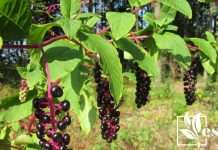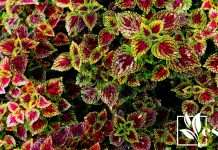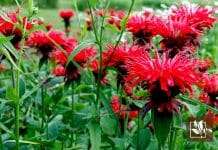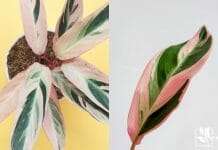Snake plants companion plants are usually attractive plants that are mainly used for decoration purposes – such as variegated ivy, bird of paradise or the humble ficus. They are grown together with snake plants, which come in different colors like yellow, dark green, or light green.
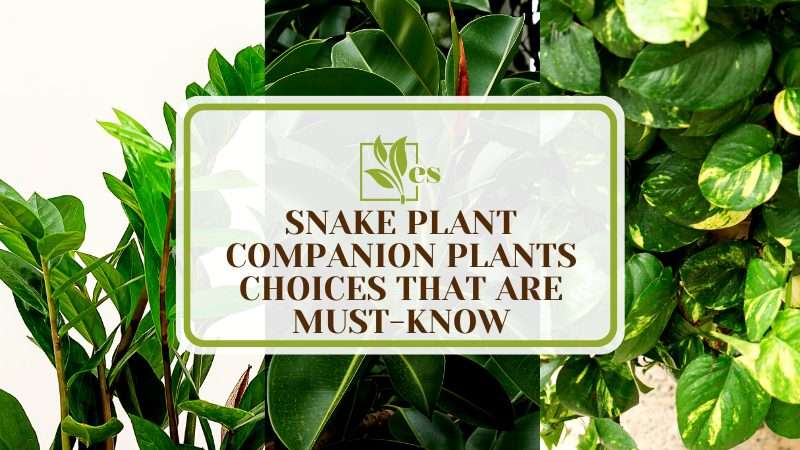
If you are looking for snake plant companion plants, you have come to the right place. In this article, we will list various snake plant companion plant alternatives and provide you with information that can help you to differentiate between them.
“Companion planting encourages efficient use of space in small-scale agriculture.”West Virginia University
JUMP TO TOPIC
Snake Companion Plants to Add to Your Flower Collection
Companion plants are plants that can perfectly work or grow hand-in-hand with a certain flower or plant. There are a number of snake companion plants that you can add to your cart to help you improve the beauty of your decorations.
This is made possible by the different colors and leaf shapes that these plants have, among other unique characteristics.
1. Zz Plant
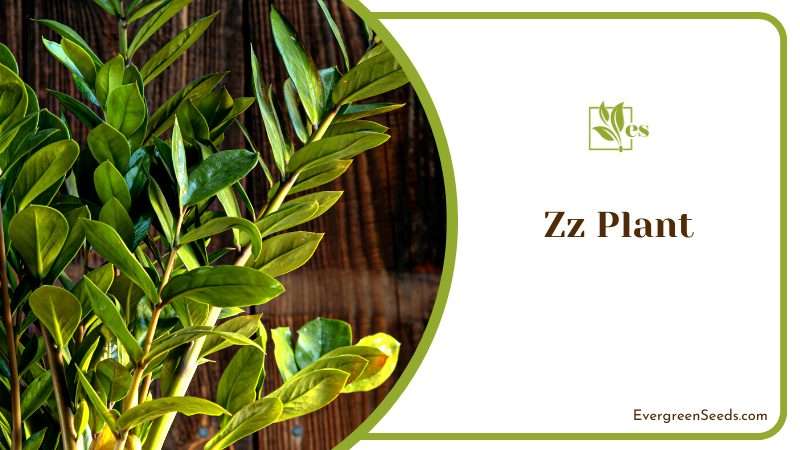
This plant is renowned for its exceptional air-purifying qualities, removing toxins and enhancing indoor air quality. Its resilient nature thrives in low light conditions and requires minimal maintenance, making it a superb choice for both novice and experienced plant enthusiasts.
This versatile plant, has been associated with potential health benefits due to its possible anti-inflammatory and antioxidant properties. Beyond its potential nutritional value, it serves as an attractive and resilient ornamental addition to indoor spaces, improving air quality while requiring minimal care.
This plant is recognized by its glossy, dark green leaves that are thick, leathery, and lance-shaped. It stands out for its remarkable ability to thrive in low light conditions and its minimal water requirements, making it an excellent choice for indoor settings.
This hardy indoor specimen thrives in low light conditions, requiring minimal attention. Water sparingly, allowing the soil to dry completely between watering sessions. Regularly wipe the leaves to prevent dust buildup and maintain its striking, glossy appearance.
These plants are good to be paired with snake plants. They have oval-shaped leaves that are shiny, and wide leaves that grow shooting upward. These plants can be used for indoor gardening or on verandas.
2. Mandevilla Plant
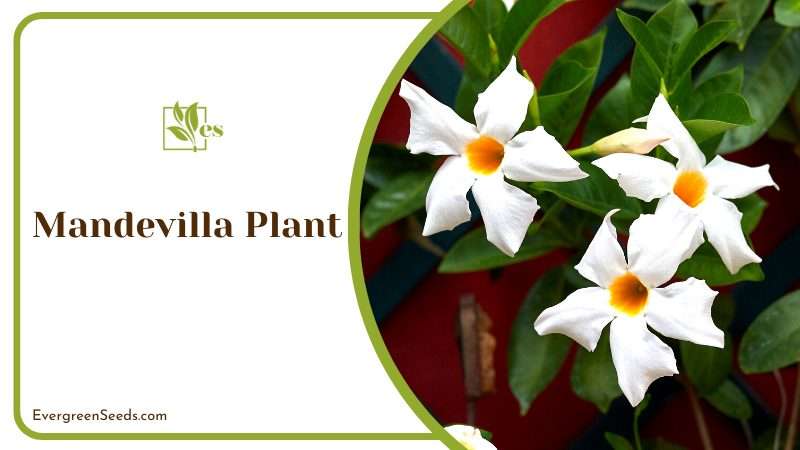
Vigorous growth and lush foliage contribute to improved air quality, while its vibrant blooms attract pollinators, fostering a healthier garden ecosystem. Additionally, its low maintenance requirements make it a hassle-free choice for both novice and experienced gardeners.
Versatile ornamental, treasured for its vibrant blooms and lush foliage. Its vining nature makes it a favored choice for adding vertical interest. In traditional medicine, some varieties are used for their potential anti-inflammatory properties, though caution is advised due to potential toxicity.
Glossy, deep-green leaves and trumpet-shaped, vibrant flowers that range in color from white to various shades of pink and red. Great choice for trellises and containers in temperate regions, providing an elegant touch to any garden or landscape.
Provide well-drained soil, ample sunlight, and a monthly dose of balanced fertilizer during the growing season. Keep it consistently moist, but avoid overwatering. Prune to maintain shape, and watch for pests, promptly addressing any issues to ensure its health and vitality.
This is a green plant that produces pink flowers. It is most suitable for decorating purposes due to its characteristic of climbing over other obstacles.
3. Variegated Ivy
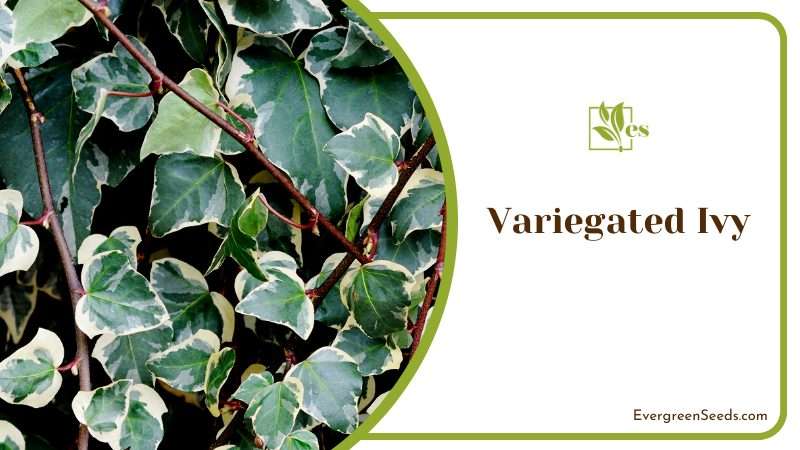
This plant's variegated leaves not only add aesthetic appeal to any garden but also serve as natural air purifiers. Their efficient removal of indoor pollutants enhances air quality, while their resilience makes them a low-maintenance choice for both novice and seasoned gardeners.
This versatile plant's trailing vines make it a popular choice for ornamental purposes, adding a touch of greenery to homes and gardens. Variegated varieties enhance aesthetic appeal. Leaves are occasionally employed in traditional herbal remedies for their mild therapeutic properties, soothing skin irritations.
This plant displays striking variegated leaves with a distinctive cream and green coloration. Its leaves are typically heart-shaped and feature a glossy texture. Variegated Ivy is a robust and adaptable evergreen vine, well-suited for both indoor and outdoor settings.
This ivy thrives in indirect sunlight, requiring consistent moisture without waterlogging. Trim dead or discolored leaves regularly, and provide occasional misting to maintain humidity. Fertilize sparingly during the growing season for optimal variegation.
This is a drought-resistant plant that can survive for a long period of time, even without enough sunlight and water. As a result, the plant needs very low maintenance.
4. Bird of Paradise
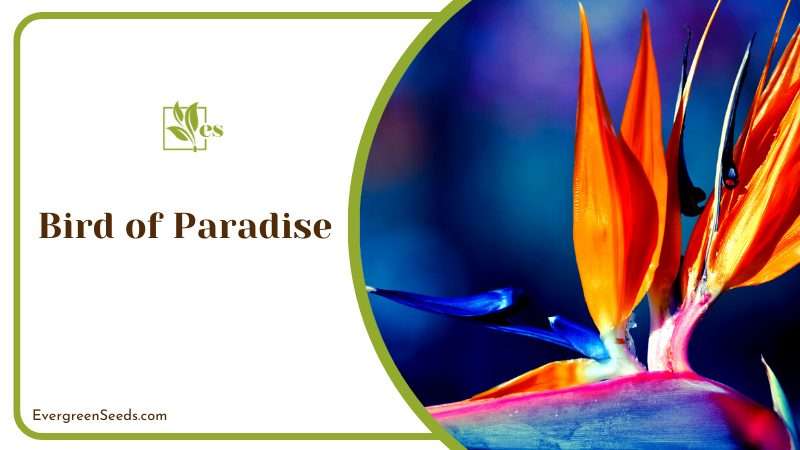
Its large, glossy leaves not only add a touch of elegance to any space but also contribute to improved indoor air quality by efficiently filtering out common pollutants, making it an ideal choice for both health and aesthetics in your home or garden.
The plant's striking foliage serves as an elegant ornamental addition to interiors and gardens, admired for its bold, banana-like leaves. In traditional herbal medicine, it is believed to possess anti-inflammatory properties
Large, banana-like leaves with vibrant, fan-shaped foliage in shades of green and blue. It produces unique, intricate bird-like flowers in brilliant hues of orange and blue, making it a visually captivating addition to any tropical garden or indoor space.
To keep it healthy and thriving, provide your plant with bright, indirect light, maintaining consistent moisture during the growing season. Keep the soil well-drained and occasionally mist the leaves to maintain humidity. Fertilize sparingly and repot when necessary.
This is a tall houseplant with orange leaves that adds an awesome finishing touch when grown with the snake plant. This plant is suitable for verandahs and inside houses, especially in the sitting room. Check out some plants that are similar to Bird of Paradise plants.
5. Calibrachoa
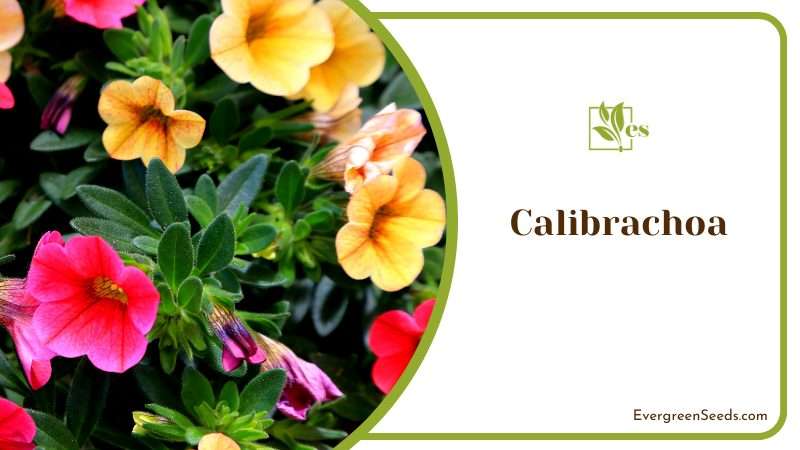
This plant boasts a vibrant array of hues and an abundant blooming cycle, making it a splendid addition to any garden. Its low maintenance requirements and adaptability to various climates ensure a hassle-free, visually captivating landscape.
Serves as an ornamental gem in gardens and hanging baskets due to its vibrant, trumpet-shaped blossoms. Some varieties are edible, with their leaves and flowers finding use in salads, adding a touch of color and flavor to culinary creations.
This plant is recognized for its trailing habit, profuse trumpet-shaped flowers, and vibrant color palette. Its diminutive foliage complements the blossoms, creating a striking ornamental appeal in hanging baskets and containers.
Thrives in well-drained, sunny locations. Keep soil consistently moist, but not waterlogged. Deadhead spent blooms to encourage continuous flowering. Regular fertilization with a balanced, water-soluble formula supports healthy growth and vibrant blooms.
This plant is also called a million bells. This is a green plant with five-leaf flowers and is one of the easiest species to grow. These flowers always bloom in summer. The plant exists in different colors like violet, pink, blue, red, white, bronze, and yellow.
6. Ficus Elastica
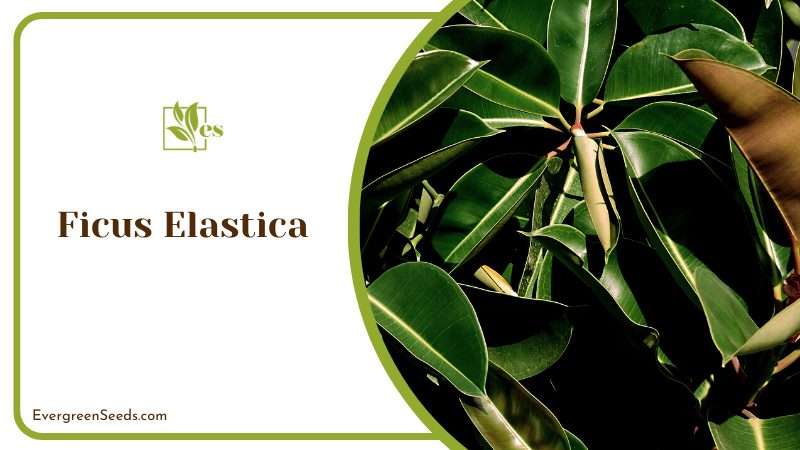
Exceptional air-purifying qualities, effortlessly removing indoor pollutants. Low-maintenance nature makes it an ideal choice for busy urban dwellers seeking to enhance their living environment with natural beauty and improved air quality.
The plant's resilient latex, extracted from its stems, is valuable in the production of natural rubber. It has also been used traditionally in herbal medicine for its potential anti-inflammatory properties.
Large, glossy, elliptical leaves that can grow up to 12 inches in length. The leaves are typically dark green, often tinged with reddish hues. Its upright growth habit and woody stem further distinguish it as a striking addition to indoor and outdoor spaces.
This plant thrives in bright, indirect light and requires well-draining soil. Water moderately, allowing the top inch of soil to dry between watering. Maintain a warm, consistent temperature and periodically wipe leaves to keep them dust-free for optimal growth.
Ficus Elastica can also be called rubber fig, rubber bush, rubber tree, rubber plant, or Indian rubber bush. It belongs to the Moraceae family. It originates from eastern parts of South and Southeast Asia. It is a houseplant that requires low maintenance.
7. Fittona
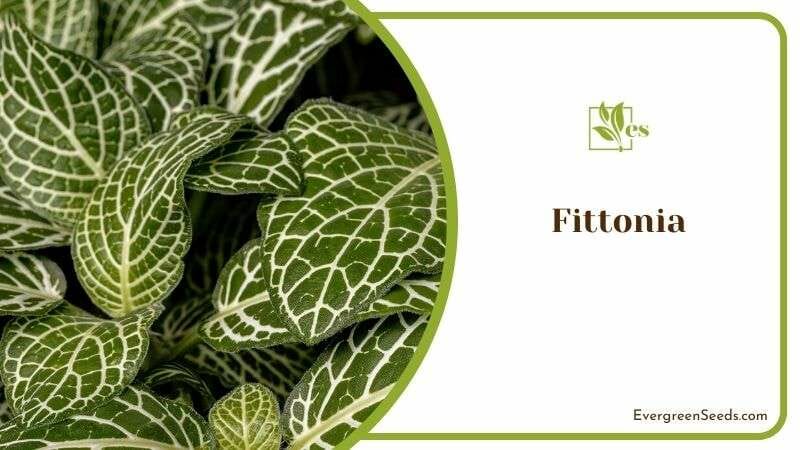
This remarkable plant, with its lush green foliage and vibrant blooms, offers a multitude of benefits. Rich in essential nutrients and antioxidants, it supports overall health and well-being. Its medicinal properties are well-documented, aiding in various ailments, while its presence in gardens enhances both aesthetics and ecological diversity.
This versatile plant finds applications in traditional herbal medicine, where its leaves and roots are used to alleviate digestive ailments and enhance overall well-being. Additionally, its nutritional value is harnessed, contributing to dietary diversity and health through incorporation into culinary dishes.
Recognized for its striking variegated leaves, displaying a unique blend of colors and patterns. Its compact growth habit and adaptability to diverse light conditions make it a versatile choice for both indoor and outdoor settings.
To ensure optimal growth and vitality, it is imperative to provide consistent moisture and indirect sunlight. Employ a balanced, well-draining soil mix, coupled with regular pruning and fertilization to promote flourishing foliage and blossoms.
This type of plant is also known as the vein plant as it has veins on its leaf surfaces. Their vein-like characteristics make them attractive and good for decoration purposes.
8. Succulents
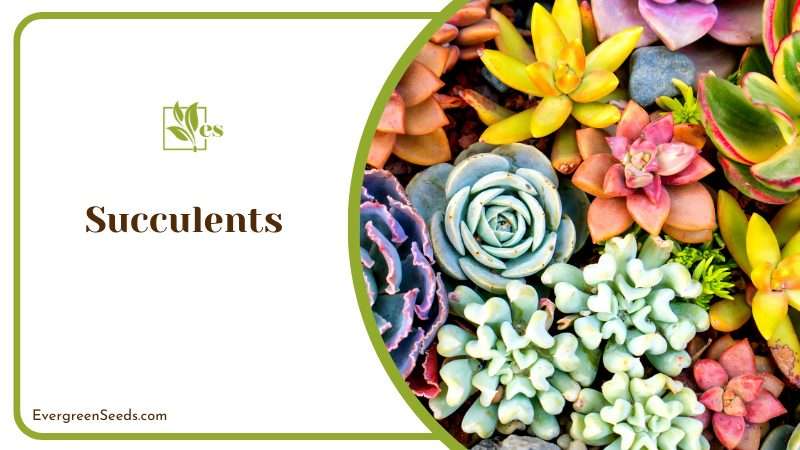
These hardy and drought-tolerant plants are prized for their remarkable water retention abilities and low maintenance requirements. Their unique morphology not only adds a touch of elegance to any setting but also purifies the air by removing toxins. Ideal for both novice and experienced gardeners.
Serves both aesthetic and functional purposes. Its fleshy leaves store water, making it an excellent choice for drought-resistant landscaping. Additionally, its extracts find utility in traditional medicine for skin treatments and, in some cases, culinary applications.
Thick, fleshy leaves that store water. Its compact growth habit, diverse leaf shapes, and striking color variations contribute to its remarkable aesthetic appeal, making it a popular choice for low-maintenance ornamental gardening.
To ensure the optimal health of this plant, provide well-draining soil, ample sunlight, and water sparingly. Maintain a consistent temperature range and protect from extreme conditions. Regularly inspect for pests and follow a balanced fertilization schedule to promote growth and vibrant foliage.
These are drought-resistant plants that have hard parts, which do not allow water out of the plant. These plants can survive with very little amounts of water and their leaves always look fresh. It is always a good idea to pair the snake plant with succulents as the two bring a very desirable outlook wherever you grow them.
9. Pothos
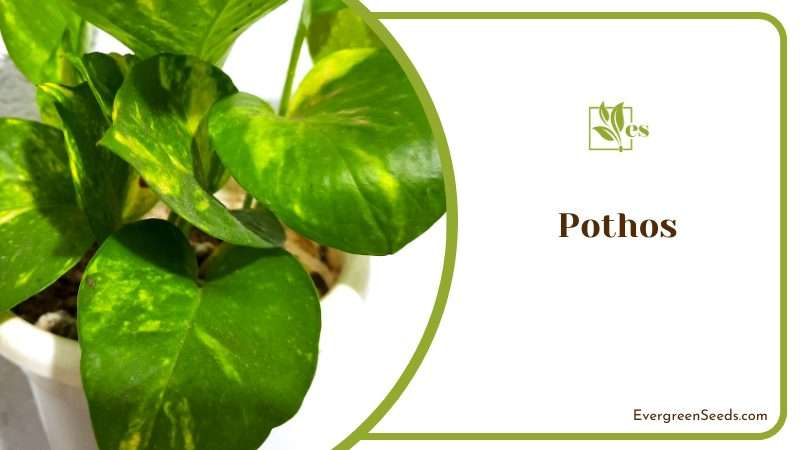
This resilient plant purifies indoor air, reducing toxins and enhancing respiratory health. Its low maintenance requirements make it a perfect choice for novice gardeners. With its lush foliage, it adds a touch of green elegance to any space.
Its hardy nature and elegant trailing vines make it a top pick for ornamental purposes. Additionally, some cultures have harnessed its nutritional value, utilizing its leaves in traditional cuisine for their mild flavor and potential health benefits.
This vining perennial exhibits heart-shaped, glossy leaves with a striking variegation pattern. Its vigorous growth and air-purifying qualities make it a popular choice for indoor settings, thriving in low-light conditions and requiring minimal maintenance.
To ensure optimal growth, provide indirect sunlight, maintain consistent room temperatures, and water sparingly, allowing the soil to partially dry between waterings. Regularly wipe the leaves to keep them dust-free and enhance photosynthesis.
This flowering plant is of the Araceae family. It originates from south-eastern Asia.
Pothos is a toxic plant that can cause skin irritations, swelling, vomiting, and diarrhea in humans. These plants can also affect animals like dogs, cats, horses, mice, and rabbits in a similar way. Be extra careful while watering them, cause they are susceptible to root rot.
10. Spider Plant
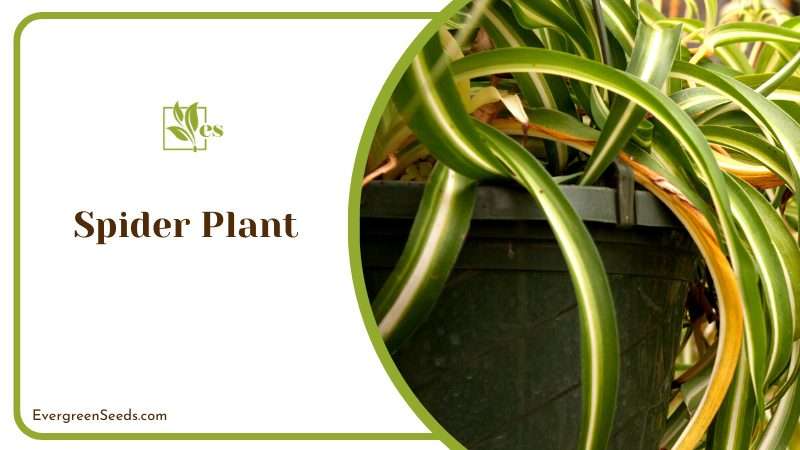
This resilient plant efficiently purifies indoor air by removing toxins like formaldehyde and xylene. Its striking foliage enhances aesthetics while requiring minimal care, making it an ideal choice for improving air quality and adding a touch of green to interior spaces.
This resilient and air-purifying plant is a popular choice for indoor decor, thanks to its aesthetic appeal and ability to remove toxins from the air. Some cultures also incorporate it into traditional herbal remedies, utilizing its mild medicinal properties.
Hardy perennial which features long, arching variegated leaves, green with creamy-white stripes, gracefully cascading from the center. Its air-purifying qualities and adaptability make it a popular choice for indoor spaces.
Provide your plant with bright, indirect sunlight, and water sparingly, allowing the soil to dry between watering. Maintain a moderate room temperature and occasional feeding with balanced houseplant fertilizer for optimal growth. Trim brown tips and remove offsets for a healthier specimen.
This type of plant is easy to grow as it can survive with very low attendance. The plant requires less water to survive. The spider ivy companion plants can also be included as snake plant companion plants, for example, coriander and dill. Together they can avoid the invasion of pests such as aphids, squash bugs, potato beetles, and spider mites.
11. Cactus Plant
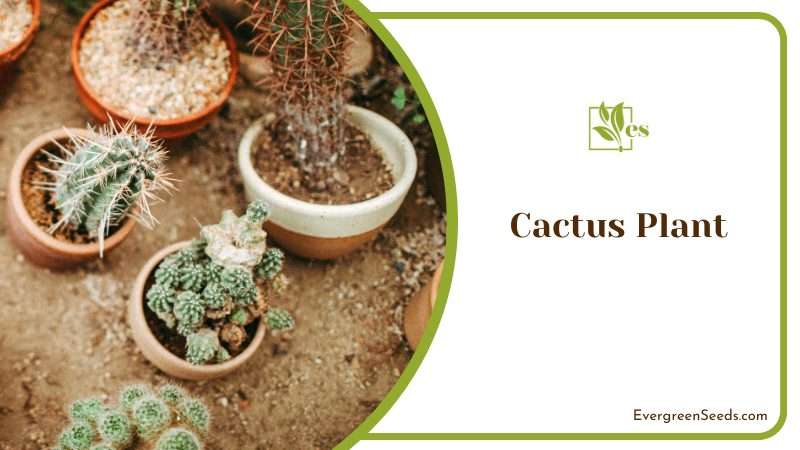
This resilient succulent, with its remarkable ability to thrive in arid conditions, offers numerous benefits. Its striking appearance adds aesthetic charm to landscapes while requiring minimal maintenance. Additionally, it purifies the air by removing toxins and releases oxygen at night, enhancing sleep quality.
This plant's versatile applications encompass both ornamental and utilitarian purposes. Its unique morphology and resilience make it an attractive choice for arid landscaping. Additionally, it has historical significance in traditional medicine, with certain species offering nutritional value through their fruits.
This distinctive plant boasts succulent, cylindrical stems adorned with spiny, scale-like structures. Its ability to thrive in arid environments is owed to its water-storing adaptations, making it a resilient choice for water-wise gardening.
To ensure optimal growth, provide well-drained soil, ample sunlight, and consistent watering, allowing the soil to dry out between watering intervals. Prune any damaged or diseased segments and apply a balanced fertilizer during the growing season for best results.
Cactus is one of the succulent perennial plants. They have hard stems, waxy leaves, and thorny leaves. The hard stems and thick leaves allow them to store water for a long period of time. Thorns on their leaves protect them from being eaten by herbivores.
References
- ZZ Plant. University of Florida.
Retrieved from https://gardeningsolutions.ifas.ufl.edu/plants/houseplants/zz-plant.html - Cacti. Biology and Uses. Academia.
Retrieved from https://www.academia.edu/5103591/Cacti_Biology_and_Uses - Sue Norton. Spider Plants Make Good Family. Academia.
Retrieved from https://www.academia.edu/33807754/Spider_Plants_Make_Good_Family - Samuel Nyalala, Grace Chongori. Journal of Horticulture and Forestry African spider plant (Cleome gynandra L.) as biofumigant against weeds during Turfgrass (Paspalum notatum) establishment. Academia.
Retrieved from https://www.academia.edu/31196791/Journal_of_Horticulture_and_Forestry_African_spider_plant_Cleome_gynandra_L_as_biofumigant_against_weeds_during_Turfgrass_Paspalum_notatum_establishment


